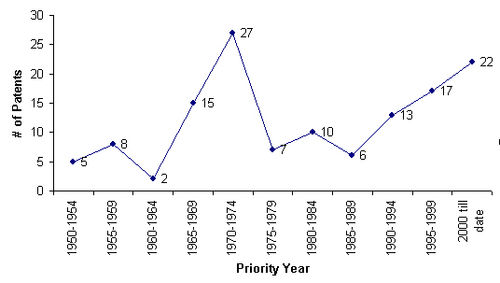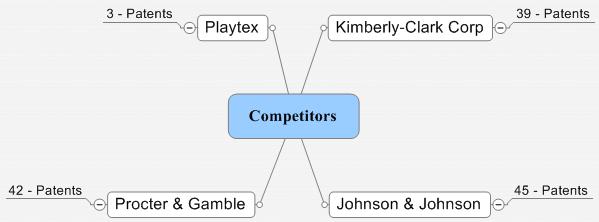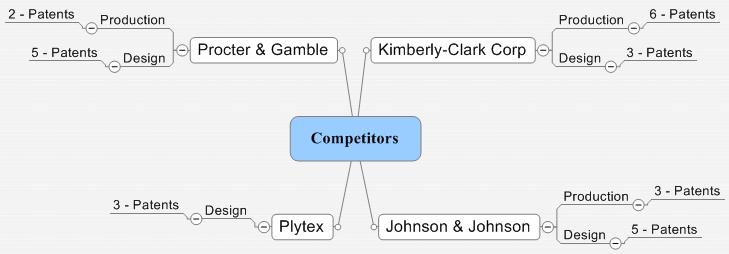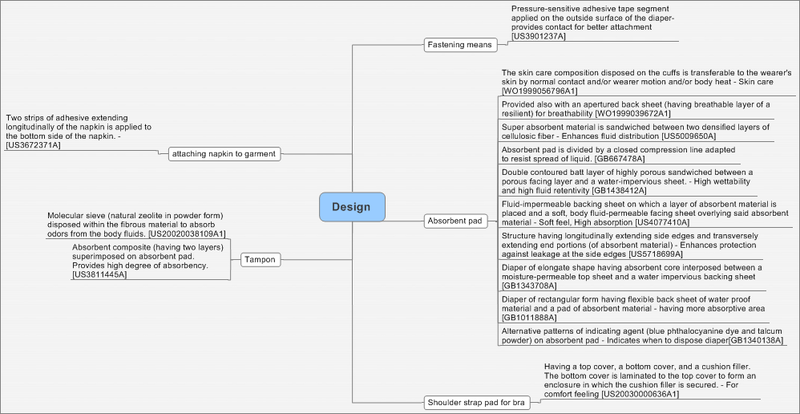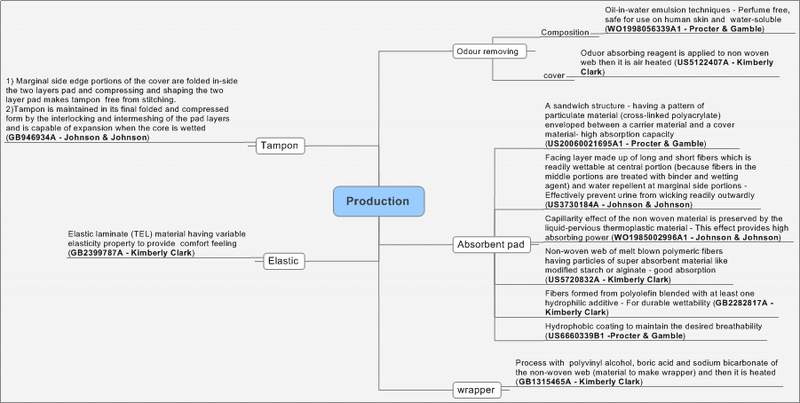Introduction
Nonwoven textiles are those which are neither woven nor knit, for example felt. General use hyphenates the word, but industrial use spells it as one word. Non-wovens are typically not strong (unless reinforced by a backing or densified). In the recent years non-woven material has become an alternative to polyurethane foam.
Non-woven fabric is typically manufactured by putting small fibers together in the form of a sheet(web) and then binding them either mechanically (as in the case of felt, by interlocking them with serrated needles such that the inter-fiber friction results in a stronger fabric), with an adhesive, or thermally (by applying binder(in the form of powder, paste, or polymer melt) and melting the binder onto the web by increasing temperature).
Raw material
Non-woven materials are nowadays mainly produced from man-made fibers. Two synthetic polymers dominate the market: polypropylene and polyesters (mainly PET). Nonwovens are often application-designated as either durable or disposable. Nonwoven used as a housewrap to prevent water infiltration is a durable nonwoven. Nonwoven used as a facing on a baby diaper is a disposable or single-use nonwoven.
Application
Non-woven materials are used in numerous applications, including:
Hygiene
- Baby diapers
- Feminine hygiene
- Adult incontinence products
- Wipes
- Bandages and wound dressings
Medical
- Isolation gowns
- Surgical gowns
- Surgical drapes and covers
- Surgical scrub suits
- Caps
Technical
- Roll roofing and shingle reinforcement
- Insulation backing
- Battery electrode separators
- Vinyl flooring reinforcement
- Plastic surface reinforcement (veils)
- Wall coverings
- Honeycomb structural components
- Ceiling tile facings
- Circuit board reinforcement
- Electrical insulation
Geotextiles
- Soil stabilizers and roadway underlayment
- Agriculture mulch
- Pond and canal water barriers
- Sand infiltration barrier for drainage tile
Other
- Carpet backing, primary and secondary
- Composites
- Marine sail laminates
- Tablecover laminates
- Backing/stabilizer for machine embroidery
- Thermal insulation|insulation (fiberglass quilting|batting)
- Pillows, cushions, and upholstery padding
- Batting in quilts or comforters
- Consumer and medical face masks
- Tarps, tenting and transportation (lumber, steel) wrapping
- Disposable clothing (foot coverings, coveralls)
Sample IP analysis
- Area: Baby diapers and Feminine hygiene.
- Search: Based on title, abstract and claims for some major companies in this field.
Year wise IP activity
- Based on title, abstract and claims for some major companies in this field.The graph is base on the patents of Kimberly-Clark Corp, Johnson & Johnson, Procter & Gamble, and Plytex from 1836 to 2006.
Competitive analysis
Sample analysis of some patents
- This information is according to analysis of 27 patents.
Design patents
Classification of Design patents
| Design | Total records | Kimberly Clark | Procter & Gamble | Johnson & Johnson | Plytex |
| Absorbent pad | 11 | 2 | 5 | 4 | 0 |
| Attaching napkin to garment | 1 | 1 | 0 | 0 | 0 |
| Fastening means | 1 | 0 | 0 | 1 | 0 |
| Shoulder strap pad for bra | 1 | 0 | 0 | 0 | 1 |
| Tampon | 2 | 0 | 0 | 0 | 2 |
Production patents
Classification of Production patents
| Production | Total records | Kimberly Clark | Procter & Gamble | Johnson & Johnson | Plytex |
| Absorbent pad | 6 | 2 | 2 | 2 | 0 |
| Odor removing composition | 2 | 1 | 1 | 0 | 0 |
| Wrapper | 1 | 1 | 0 | 0 | 0 |
| Elastic | 1 | 1 | 0 | 0 | 0 |
| Tampon | 1 | 1 | 0 | 0 | 0 |
